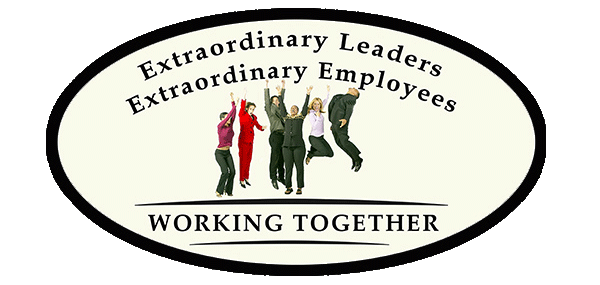AN ALTERNATIVE TO EMPLOYEE ENGAGEMENT SURVEYS
If you think the concept of Employee Engagement is a new trend, think again! The concept of employee engagement has been around for over 30 years, when Gallup and other companies initiated what they called “engagement surveys.” These surveys were grounded in the pioneering work of Fredrick Taylor, which started in the late 1800s! So get over the idea that it’s something new! Today you can find hundreds of different survey providers offering to validate and benchmark how your employees are feeling about their level of engagement.
Are the Current Surveys Working?
The question that begs to be answered is: Are Employee Engagement Surveys really helpful? In my work as an Impact Consultant specializing in Extraordinary Leadership, I have seen Employee Engagement Surveys used as a “have to do” exercise rather than a strategic part of the business strategy. Surveys tend to not be taken seriously by employees, and there is typically a huge time gap between when the survey is completed and when the results are evaluated, acted upon, and shared with employees. I’ve seen huge problems created where none existed before, because questions on the cookie-cutter survey brought up issues that were unrelated to the organization’s culture or unavoidable because of the nature of the business. Even worse, the practice of repeating the same survey year after year becomes a yawn-fest for everyone!
But the bottom-line goal still remains: we want to create an environment and company culture conducive to excitement, initiative, excellence, and growth — a compelling vision and mission that crackles with the energy of being put into practice on a daily basis in practical, measurable ways. How can we make this happen?
A Revolutionary Recommendation for Achieving Employee Engagement at All Levels

As a somewhat rebellious, contrarian consultant, I want to draw a line in the sand in terms of employee engagement! The “one size fits all” type of engagement surveys don’t work any better than the “one size fits all” clothing! So I propose we get rid of the paper/pencil, automated surveys and instead, let’s start talking! Every organization is unique in terms of the issues needing to be addressed, and people will share their work-related concerns, needs, loves, and desires if they truly believe they are being taken seriously. I have found the most successful engagement takes place through a very simple and practical process:
- Facilitated employee focus groups (as many as needed to cover all employees in mixed groups representing all areas)
- Consolidation of information gathered (done immediately following the sessions)
- Leadership Think Tank sessions to review the trends and issues shared by employees at all levels within the organization (Conducted the very next day if possible)
- Action Plans created, including Quick Hits and Long-Range actions
- Sharing of results and action plans with all employees
- On-going review, tweaking, and follow-up
This may sound too simplistic, but trust me — it works! Does it take a commitment of time? You bet! But the time is focused and targeted on organization-specific issues that impact the bottom-line results. The mixed Focus Groups not only identify issues from a variety of angles; they also generate an understanding of how each department’s actions impact others—and they facilitate team building among departments. Think Tank sessions allow leaders to hear what their people are saying in real time, and force serious discussions around how they are managing, hiring, and engineering the work environment. I have actually facilitated discussions that led to dramatic changes in office layout, team dynamics, and even environmental issues such as adding a yoga nook, meditation pods, basketball hoops, and work-free relaxation zones! And I’ve received reports of zooming productivity, enhanced communication, and booming bottom-line dollars!
One of the ‘unquestioned answers’ I debunk is the old saw that ‘people leave managers, not organizations.’ A compelling amount of research—and my professional ‘boots-on-the-ground’ site experience—suggests this is no longer 100% true. When highly engaged employees leave, it’s usually a combination of a poorly run organization and all its pathological performance disincentives that cause disengagement pot holes and turnover. In fact, recent research from Culture Amp discovered that the effect of career development and leadership far outweighed the effects of immediate managers and pay in terms of team commitment and engagement. Isn’t it worthwhile to find out what disengagement pot holes you may have that you are not even aware of? By meeting these issues head-on, with full transparency, you increase your chances of keeping your high potential talent … and creating a work environment that is not only engaging and exciting, but a whole lot of fun to boot!
Be Extraordinary!

Seriously? 25 Cringe-Worthy Phrases Leaders Use That Rob Them of their Credibility … and How to Retool Them


